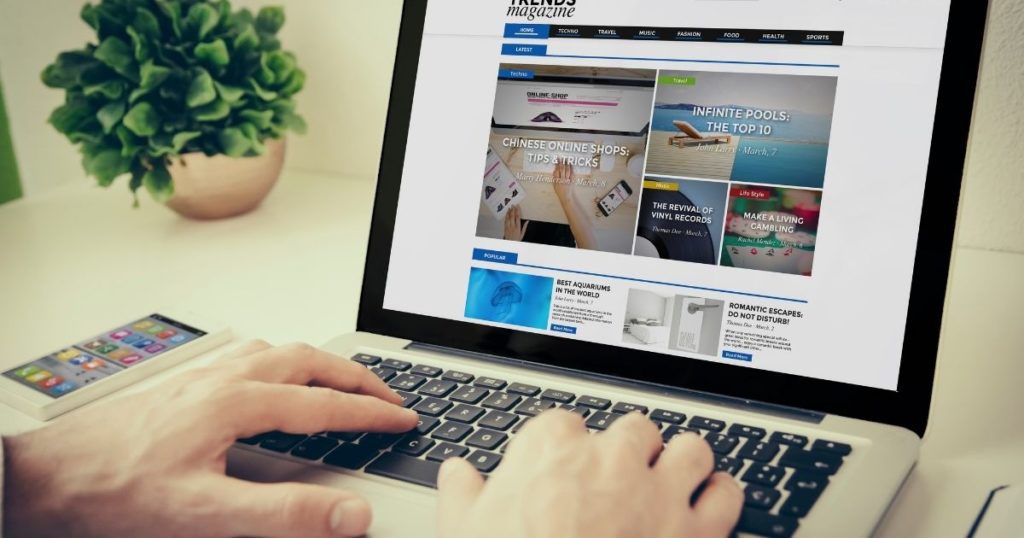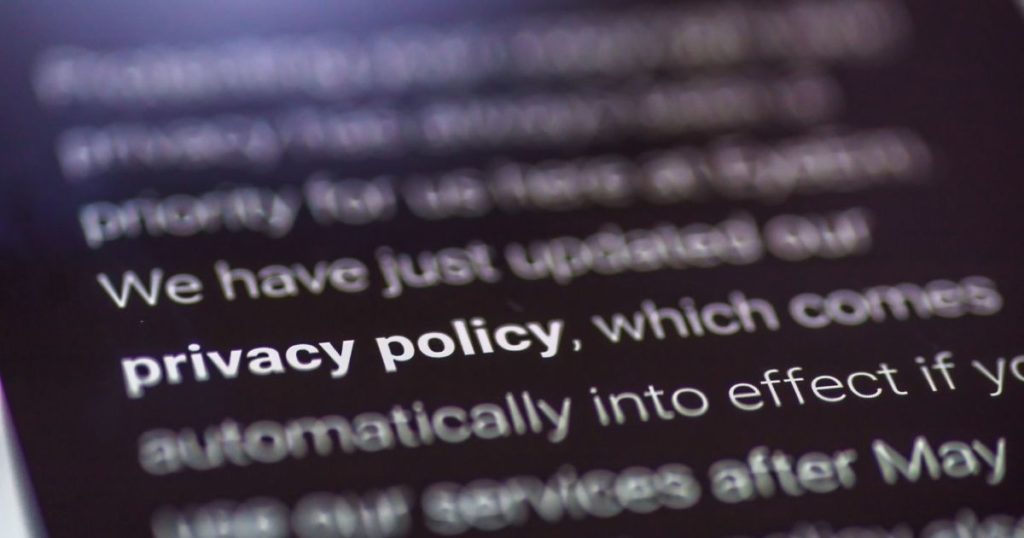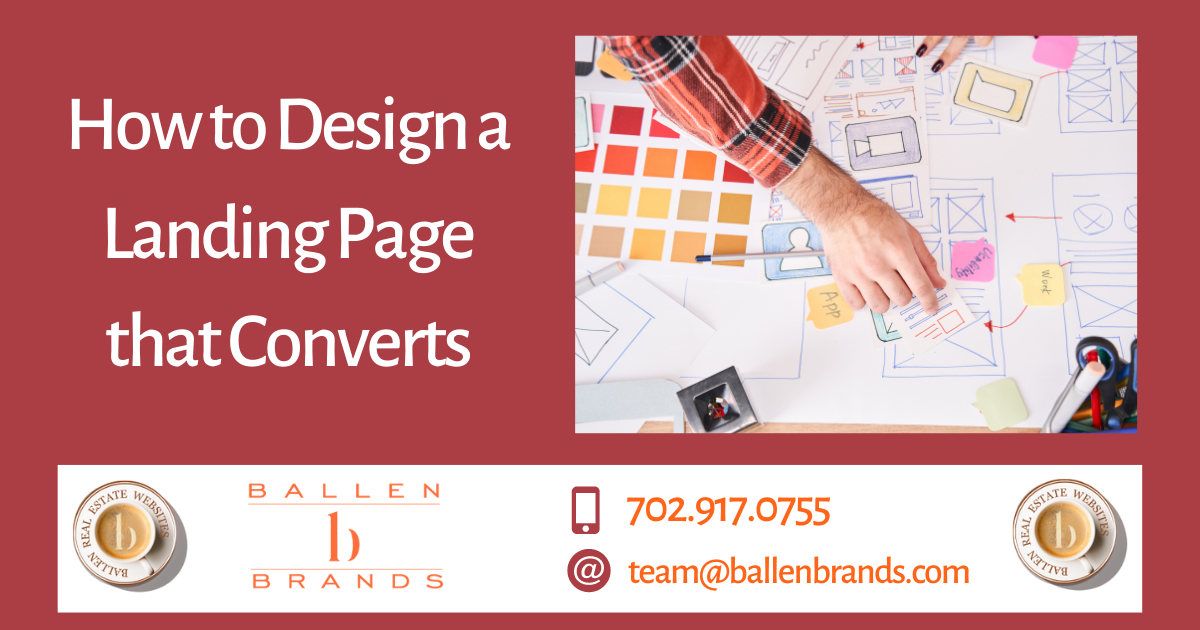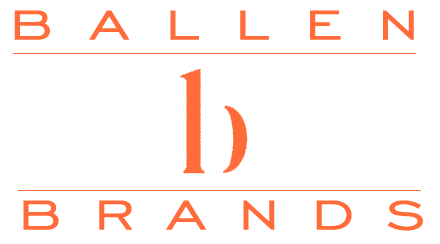Landing pages are a significant part of digital marketing for your business. A landing page is a strategically crafted lead capture tool to help you get more leads online. Unlike a product page wherein you try to sell an item, a landing page offers a free item of value, called a lead magnet, such as an eBook, checklist, workbook, toolkit, or ultimate guide.
You make this offer in exchange for the user’s information, such as their name and email address. With this exchange, you receive their permission to market to them again via email, phone call, or even text messages in the future, depending on the information you collect. Here’s how to design a landing page that converts.

Maintain a Single Focus for Your Landing Page
On your website, you have multiple navigation links and internal links to keep a user on your site longer. You want to give your viewers options to burrow into your content. However, a landing page does not follow that same line of thinking.
A landing page has one sole focus: convince your readers that what you’re offering is worth trading info for – that it’s going to make their life easier in some way — remove a pain point, solve a problem, or provide entertainment. If they enter their email address, your landing page is a success.

Ideally, within your website, you’d have a web page, article, or blog post, in which you entice the reader with an offer, such as, “Click here to get the Ultimate Guide.” When the person clicks that call-to-action button, they arrive at your landing page, which clearly details the offer’s benefits.
The only purpose of a landing page is to drive the user in the direction of your call-to-action. You don’t want to confuse them with navigation links or links back to other articles on your website. The user’s only choice is to sign up or click out of the offer, returning to your post.
Your landing page is designed around a lead capture form. Use your landing page to post persuasive copy that directs the user to fill out that form.
How to Create a Lead Capture Form
You can create a lead capture form with a service like OptinMonster. OptinMonster allows you to design your offer and automates its delivery via email. Through the lead-generation WordPress plugin, you can create and integrate effective signup forms on your website. OptinMonster offers more than 100 templates, floating bars, gamified wheels, lightbox pop-ups, page-level targeting, and more. Other services for form creation include Typeform.com, SalesForce.com, and FormSite.com.
When you create your form, understand that the more information you ask for, the less likely a person is to fill it out. Why? First, they may not be willing to share that much personal information. Second, they may determine that it’s not worth their time or effort.
With less information requested, you generate more leads. By asking for a bit more information, like their phone number, you’ll get far fewer leads, but those that you do get will be more qualified leads.
Think about where you’re going to place your form on your landing page. It needs to be visible to the viewer without them having to scroll. Some successful landing pages do have the form below the fold at the bottom, but to compensate, they place a call-to-action button above the fold that’s anchored to the form.
Your Call-to-Action Button
Think about the phrasing on your call-to-action button. Historically, “submit,” which is usually the default text, performs poorly. Instead, consider CTAs such as:
- Get it Now!
- Download Now!
- Click Here!
- Go!
- Sign me Up!
- Take me There!
If your page isn’t pulling much traction, try changing the button text or colors.
The Psychology of a Landing Page
To design a landing page that converts, you’ve got to get inside of the heads of your viewers — to connect with their emotions, speak in their tone, understand their problems, provide a solution, and convince them to take action. Here’s an example.
If you are a real estate agent who is creating a landing page for home sellers, you could create a lead magnet called “The Ultimate Guide for Home Sellers.”
To connect with the seller, you should demonstrate your empathy for their position. It’s stressful selling a home and can be confusing to prepare a house for sale. There’s a desire to simplify the process, sell quickly, and get the highest possible ROI. You’re emotionally connecting with that viewer and letting them know you understand their needs.
Next, provide the solution.
In the example of the real estate agent targeting sellers with an offer called the Ultimate Guide for Home Sellers, you could bullet point the benefits of the offer in the landing pages by clearly pointing out what a seller will learn, such as:
√ How to Find the Right Real Estate Agent
√ How to Price Your House for Sale
√ How to Stage Your Home
√ How to Prepare for a Home Inspection
√ How to Prepare for an Appraisal
√ How to Navigate Offers and Negotiations
√ Closing Costs for Sellers
Use storytelling and brand awareness coupled with the proper tone of voice to communicate with your target audience and explain why you are an expert qualified to share such advice.
Using USP, Social Proof, and Trust Indicators
What is your unique selling proposition (USP)? What sets you apart from your competition? Define your USP and make it clear for your viewers.
A trust indicator is an element on your landing page that lends credence to your business, such as statistical evidence, customer testimonials, money-back guarantee, and previous customer badges or logos.
Other trust indicators include membership s, such as a real estate agent displaying a badge confirming their enrollment in NAR®, the National Association of Realtors®. Each of these items will propel a reader one step forward in accepting your offer.

Leaving Ample White Space on Your Landing Pages
When you imagine your landing page’s layout, you may be tempted to try and maximize your landing page by stuffing it full of information, including selling points, pictures, and videos, but the more cluttered a page is, the harder it becomes to decipher. Less is more. In fact, you can draw added attention to a single bit of text, an image, or a call-to-action button by separating it with white space.
White space is a term used to define the area of a web page that has no content. It’s empty. Blank. It’s also called negative space. This white space, which doesn’t technically have to be white (it’s the background color on your landing page), is used strategically to highlight focal points.
For example, look between the two previous paragraphs. The white space between the paragraphs makes them easier to read. It gives them elbow room. If the sections all ran together with no paragraph breaks, the text would be overwhelming to look at, much less read.
White space helps a page look less crowded, more sophisticated, and helps the user navigate interactive content. It guides the user’s attention to particular areas of your landing page layout.
Images and Videos on Your Landing Pages
Choose pictures and photos that reflect your viewer’s age and lifestyle. For example, if you were creating a landing page targeting first-time homebuyers, it wouldn’t make sense to use a stock photo of distinguished men on a golf course. Look for pictures that your viewers can relate to.
The images and videos you include on your landing page will offer an opportunity for viewers to connect to your brand or, on the contrary, to feel as though they’ve missed their mark.
Studies show that images of the people behind the brand also perform well, so if you can use pictures of in-house personnel, that might prove beneficial.

Choosing the Right Font Size and Style for Your Landing Page
Font size, style, and color all also influence the success of your landing page. Think about your audience and design accordingly. For example, if you were targeting affluent men in their 50’s, you wouldn’t choose a fat, bubbly, or curlicue font. You’d select something more distinguished.
Some companies use their font style and color as part of their branding, using that same font across the board on all of their marketing materials. Is your font a part of raising brand awareness? If so, maintain consistency. If not, feel free to get creative, even mixing font styles, colors, and sizes.
Some font colors, such as red, can be hard on the eyes and can act more as a deterrent than a magnet.
As for your background colors, choose something soft and subtle, and then couple that with a bold, vibrant accent color for your call-to-action button or elements you want to draw attention to.
At the same time, stay true to your brand. If your logo color is orange, it doesn’t mean you have to make everything on your landing page orange. A few complimentary orange accents can do the trick. You can take color theory in your business designs to extreme depths; there are tons of resources online where you can dig deeper into landing page colors that convert.
Privacy Policy and Contact Info
While it’s true that you don’t want to confuse a viewer with navigation links or multiple options, you do want to provide easy access to your company’s privacy policy and list your contact information.
Stay away from negative phrases like “we never send spam” or “we won’t sell your email address,” even if you intend to put the reader at ease. Those phrases create an adverse reaction. The word “spam” and the phrase “sell your email” provoke negative feelings.

The Structure of Your Landing Page
Your landing page should have certain components, each designed with a specific purpose.
First, your landing page should contain a keyword strategy, and those keywords should be listed in your heading and the content. This is especially true when the landing page is connected to a related page on your website, such as a blog post for home sellers. The keywords help the landing page and website rank in the search engines.
Headline: Think carefully about your headline. You have approximately 60 characters or 8-12 words to make a powerful first impression. For example, “Sell your Home Fast and for the Most Money!”
Subheading: Your subheading, or tagline, supports your heading and emphasizes the benefits in a short phrase. For example, ” Everything you need to know before you list your house for sale.”
Outline of the Benefits: Through storytelling or checklist-style, clearly define what the viewer will get when accepting your offer.
Visuals: Use eye-catching images or videos that your target audience identifies with.
Trust Signals: Use customer ratings and reviews, past clients’ logos, and other badges that help a person feel more comfortable and secure using your website.
Call to Action Button: Make sure your call-to-action button is bright, bold, and written with thoughtful text.
Lead Capture Form: The most essential element of your landing page’s structure is your lead capture form. Know how you plan to create your form and where you’ll display it on the page for maximum efficiency.
Test, Measure, and Adapt
Give your landing page a run and measure how well it performs. You can then A/B test landing pages by creating near-duplicates, with just one element changed, such as the headline.
Maybe the second headline will perform better. You can continue testing this way, changing out the image, or the button color or text, the background color, etc. In time, you’ll find the right combination that leads to landing page success, a formula you can then repeat.

Get the Help You Need
Landing pages may be extremely popular, useful, and downright necessary in today’s digital marketing realm, but that doesn’t mean they’re easy to create. In fact, they’re quite complicated when you figure in the psychology, color theories, or the graphic design elements, such as composition.
You don’t have to be a DIY landing page designer in order to have magnetic landing pages. Know when it’s time to leverage out the job and hire a team that can design and implement magnetic landing pages for you.
You’ll still need to test and measure your results, but you’ll be off to an excellent start with an expertly crafted landing page.


